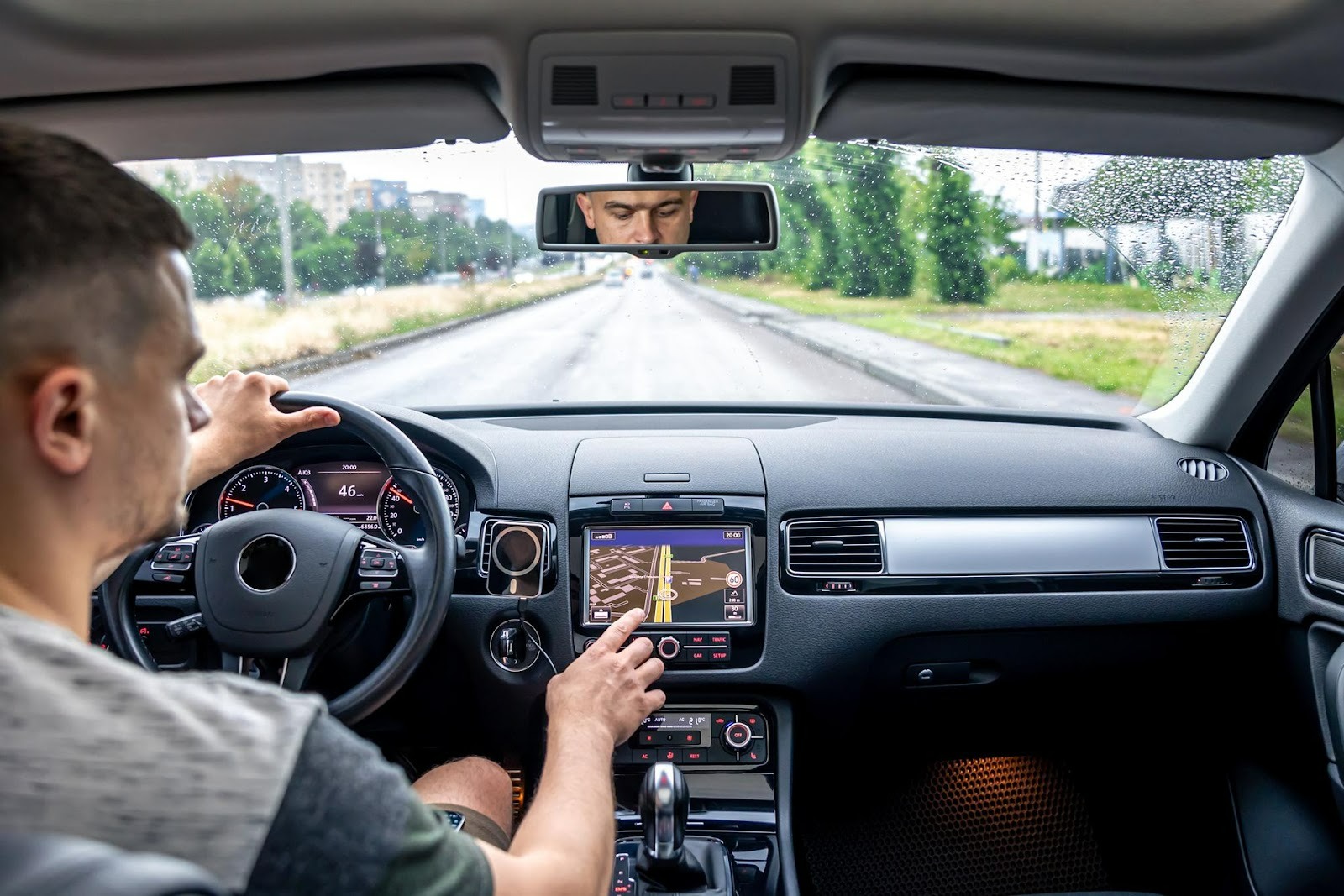A few decades ago, features like automatic braking or lane-keeping sounded futuristic. Today, these technologies are on the road, saving lives and reshaping how we think about driving. Advanced Driver-Assistance Systems (ADAS) have moved from luxury vehicles to mainstream cars, accelerating the shift toward safer, smarter mobility.
Kickstart your career in intelligent mobility with iACE’s automotive training institute programs designed for the future of ADAS and smart vehicle systems.
What ADAS Brings to the Road?
ADAS refers to a suite of technologies designed to support drivers with enhanced awareness and automated control. The goal is not just convenience, it’s safety. These systems are built to reduce human error, which is responsible for the majority of road accidents.
Key ADAS features include:
- Adaptive Cruise Control: Adjusts speed automatically to maintain safe distance.
- Automatic Emergency Braking (AEB): Reacts faster than human reflexes to prevent collisions.
- Lane Departure Warning and Lane Keeping Assist: Helps drivers stay centered on the road.
- Blind-Spot Detection: Alerts drivers about vehicles hidden from view.
- Traffic Sign Recognition: Keeps the driver informed of speed limits and warnings in real-time.
As more vehicles integrate ADAS, roads are becoming safer and the groundwork for fully autonomous driving is being laid.
Skills Behind ADAS Technology
Developing, maintaining, and repairing ADAS systems requires expertise that spans multiple disciplines:
- Electronics and Sensors: Radar, lidar, ultrasonic sensors, and cameras.
- Software Engineering: AI algorithms that interpret sensor data.
- Systems Integration: Combining hardware and software seamlessly.
Diagnostics and Calibration: Ensuring sensors and cameras perform accurately after repairs or replacements.
This means the next generation of technicians must expand beyond traditional mechanics. A modern automotive training institute like iACE equips learners with these interdisciplinary skills.
Why is ADAS Reshaping Careers?
As vehicles become more reliant on smart systems, the demand for professionals who can service and innovate these technologies is skyrocketing. Traditional car repairs like engines, brakes, transmissions will still exist, but careers are now branching into roles like:
- ADAS Calibration Specialist
- Vehicle Technician Course Graduates skilled in electronics
- Software Diagnostics Engineers
- Automotive Safety System Analysts
Learners taking an auto mechanic course at iACE aren’t just trained on wrenches and spanners—they’re trained on sensors, calibration rigs, and diagnostic tools.
iACE’s Role in ADAS Training
iACE recognizes that the future of mobility is digital. Through its automotive certification courses, students gain practical exposure to ADAS components. Training modules include sensor alignment, ECU diagnostics, and testing of safety features. Learners are also introduced to the principles of autonomous driving, giving them a forward-looking perspective on the industry.
Hands-on labs simulate real-world scenarios: recalibrating a camera after windshield replacement, testing adaptive cruise control on rigs, and diagnosing lane departure sensors. These experiences prepare students for careers in both domestic workshops and international OEMs.
Global Push for Safer Roads
Regulators worldwide are mandating ADAS features in new vehicles. The European Union requires AEB and lane-keeping assist in all new cars from 2024. India is also moving toward adopting ADAS as part of its vehicle safety standards. This global momentum creates opportunities for skilled professionals who can service and innovate ADAS systems.
With training from an automotive training institute, Indian learners are positioned to work not just locally but globally. As ADAS adoption grows, so does the demand for technicians who can ensure these systems perform flawlessly.
Looking Ahead
ADAS is not just about reducing accidents, it’s about redefining mobility. By assisting drivers today, these systems pave the way for autonomy tomorrow. The leap from adaptive cruise control to self-driving cars isn’t as far as it seems.
For learners and professionals, this shift signals opportunity. Those who invest in skills through programs at iACE will be at the forefront of safer, smarter, and more automated mobility. As cars evolve into intelligent machines, the road ahead will be shaped by people who understand both mechanics and microchips.


